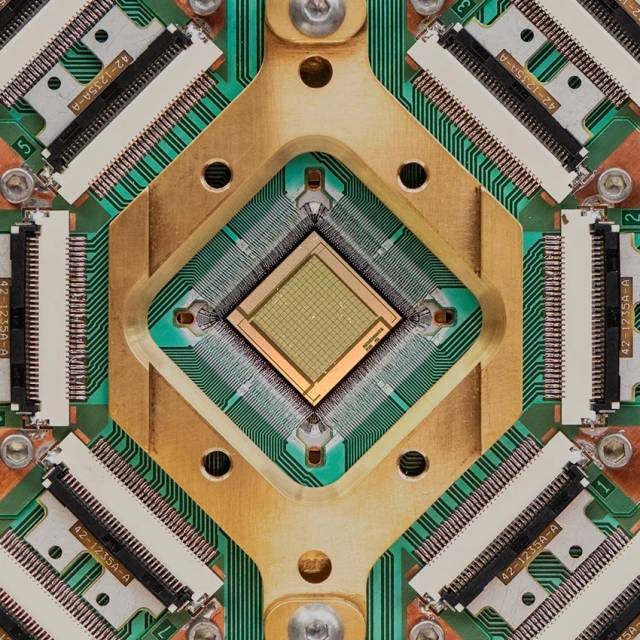Quantum Annealing vs Gate Based Quantum Computing, Round 2.
A knockout punch to the reign of Quantum Annealing? Or does Quantum Annealing have a place?
A recent research article claims that an IBM super-conducting gate-based quantum computer outperformed quantum annealing and quantum annealers from suppliers such as the popular devices of D-Wave. As you might expect, the article wasn’t wasn’t without controversy. The article was published by the team at Q-CTRL, a quantum computing company developing some sophisticated quantum systems and quantum sensing applications, and it even got stuck into quantum education with its Black Opal learning tutorial. Pulling no punches, the article, which included the founder of Q-CTRL, Michael J. Biercuk, claims there is no need to deploy solutions on a quantum annealer. Does this leave the business model of pure play “quantum annealing” providers exposed and at risk?
The author’s quantum solver increases the likelihood of finding the minimum energy by up to 1,500 times compared to results using a D-Wave annealer. This represents the largest quantum optimization successfully solved on hardware and the first time a gate-model quantum computer has outperformed an annealer for binary optimization problems.
In the face of what might, to some, appear as an existential threat, D-Wave has come to the defense of its products and services. In a LinkedIn repost, D-Wave’s chief development officer titled, “Read The Fine Print: There Is No Threat to D-Wave’s Leading Position in Quantum Optimization.” In his reply to work by Q-CTRL, Trevor Lanting rebuts the claims centered around the following points:
Q-CTRL’s algorithm is a sophisticated classical algorithm named CMA-ES (Covariance matrix adaptation evolution strategy), not the quantum approximate optimization algorithm (QAOA).
The algorithm utilizes a hybrid solver with IBM’s quantum chip as a noisy sampler and relies heavily on classical postprocessing.
Q-CTRL’s research falls into problems solvable by classical algorithms, not demonstrating a true quantum advantage.
No evidence suggests quantum annealing is inferior to QAOA in direct quantum processing unit (QPU) comparisons.
The response was met by clarification by Michael J. Biercuk that the classical step is used to update the quantum circuit. MJB claims that the post contains several misinterpretations of what the article showed. “Chief among them is that [we] are not running a classical solver but a version of QAOA”.
He (MJB) also stated in response: “I hope the team will revise its post to accurately reflect what we published and demonstrated. You can see my comments above.”
In Sum
The debate is likely to roll on. Quantum annealing is one of quantum computing’s success stories. D-Wave was one of the first quantum computing companies to commercialize quantum computing. There are use cases for quantum annealing, and a few end-users are looking at techniques such as QUBO to optimize a range of commercially relevant problems, such as navigation and routing.
The jury is still out, and this is only the beginning of the apparent controversy. But we are sure that D-Wave will want to follow up on this work with a more detailed exploration of the merits of quantum annealing. One of the challenges of benchmarks and comparisons is the requirement to make an apples-to-apples comparison.






